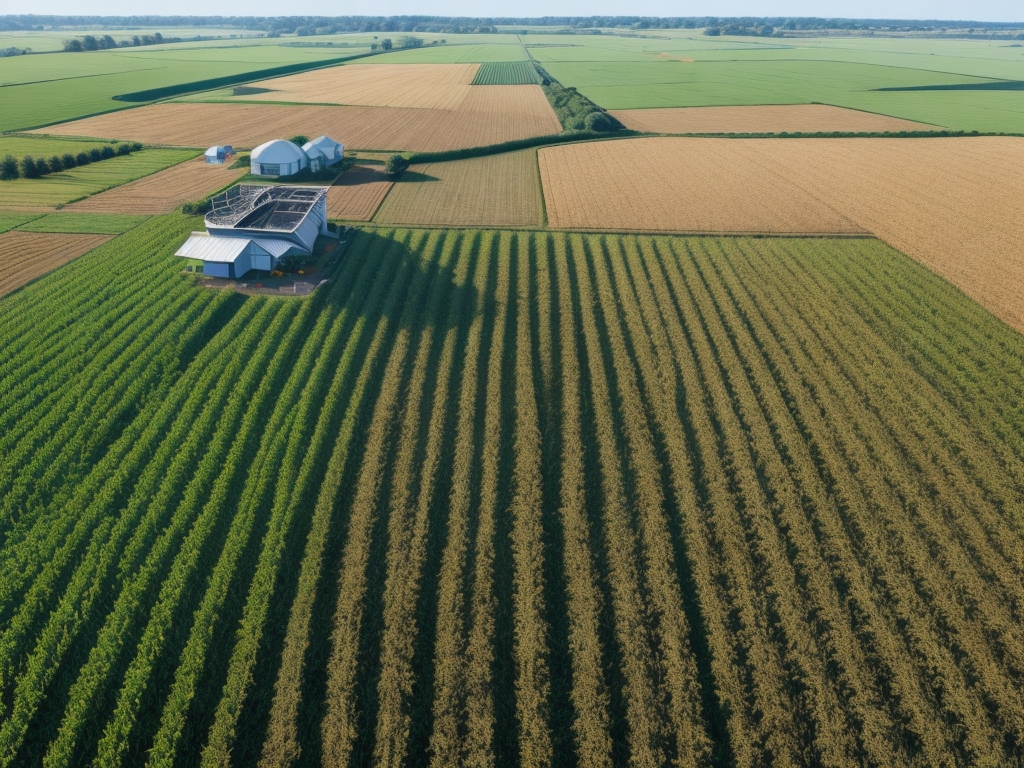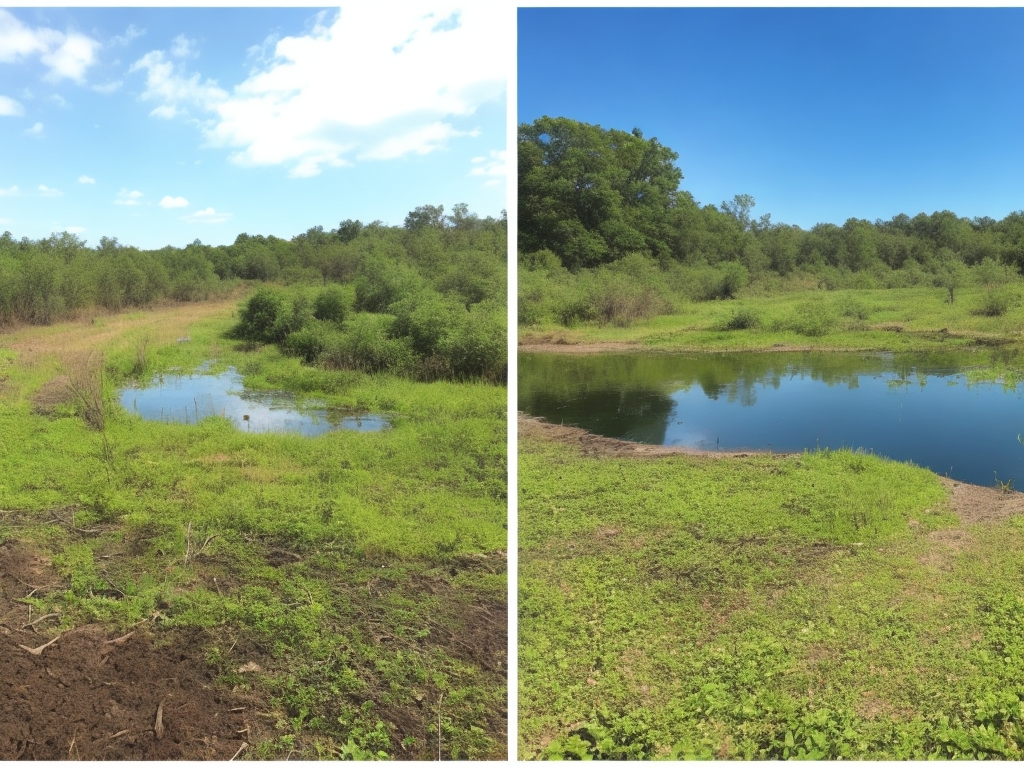Know The Role of AI in Climate Change and Environmental Sustainability with Animation
Leveraging AI for Climate Modeling and Prediction
Enhancing Climate Models
AI can revolutionize climate modeling by improving the accuracy and reliability of predictions. By analyzing historical data and real-time information, AI algorithms can identify complex patterns and relationships that traditional models might overlook. This enables scientists to develop more precise climate models that can simulate future scenarios with greater accuracy.
Improving Weather Forecasting
Accurate weather forecasting is crucial for effective climate change mitigation and disaster preparedness. AI-powered weather prediction models can process vast amounts of meteorological data and generate forecasts with enhanced precision. By leveraging machine learning algorithms, these models continuously learn and improve, providing more reliable and timely weather information to stakeholders.
AI-Driven Energy Optimization and Efficiency
Smart Grid Management
AI can optimize energy distribution and consumption through smart grid management. By analyzing data from sensors and smart meters, AI algorithms can identify energy consumption patterns, predict peak demand periods, and allocate resources efficiently. This optimization leads to reduced energy waste, lower carbon emissions, and cost savings.
Energy Efficiency in Buildings
Buildings are major contributors to greenhouse gas emissions. AI can help enhance energy efficiency in buildings by analyzing data from sensors, HVAC systems, and occupancy patterns. By automatically adjusting temperature, lighting, and other parameters, AI algorithms can optimize energy usage, resulting in reduced carbon footprints and lower energy bills.
Sustainable Agriculture and Food Systems
Precision Farming
AI technologies like remote sensing, drones, and machine learning can revolutionize agriculture practices. Precision farming techniques enable farmers to monitor crop health, detect diseases, optimize irrigation, and apply fertilizers more efficiently. This leads to increased crop yields, minimized resource waste, and reduced environmental impact.
AI-Based Crop Disease Detection
Early detection of crop diseases is vital for preventing widespread crop losses and ensuring food security. AI algorithms can analyze images of plants and identify disease symptoms accurately. By providing timely alerts to farmers, AI-powered systems enable targeted interventions, reducing the need for widespread pesticide use and minimizing environmental harm.
AI for Wildlife Conservation and Ecosystem Preservation
Wildlife Monitoring and Anti-Poaching Efforts
AI technologies such as image recognition and acoustic monitoring can aid in wildlife conservation. AI algorithms can analyze camera trap images and identify endangered species, track animal movements, and detect illegal activities like poaching. This data helps conservationists and authorities take proactive measures to protect wildlife and their habitats.
Ecosystem Management and Restoration
AI can assist in managing and restoring ecosystems by analyzing diverse data sources. By processing satellite imagery, ecological data, and environmental variables, AI algorithms can identify areas at risk and recommend appropriate conservation strategies. This enables effective ecosystem management and helps restore damaged habitats.
FAQ
A:The benefits include more accurate predictions, efficient resource allocation, reduced energy waste, increased crop yields, early disease detection, wildlife protection, and effective ecosystem management.
3. Q: Can AI algorithms help in reducing greenhouse gas emissions?
A: Yes, AI algorithms can optimize energy consumption, reduce emissions from buildings and transportation, and facilitate the transition to renewable energy sources.
4. Q: How does precision farming contribute to environmental sustainability?
A: Precision farming minimizes the use of water, fertilizers, and pesticides by targeting specific areas or crops, resulting in reduced environmental impact and resource waste.
5. Q: How can AI aid in wildlife monitoring and anti-poaching efforts?
A: AI algorithms can analyze images and sounds to identify endangered species, track animal movements, and detect illegal activities, enabling prompt action to protect wildlife.
6. Q: What role does AI play in ecosystem restoration
A:AI helps in identifying areas at risk, recommending conservation strategies, and monitoring ecosystem health, facilitating effective ecosystem restoration initiatives.
Conclusion
The integration of AI into climate change and environmental sustainability efforts holds immense potential. From improving climate models and weather forecasting to optimizing energy usage, enhancing agriculture practices, and protecting wildlife, AI can revolutionize our approach to addressing these global challenges. By harnessing the power of AI and combining it with human ingenuity, we can create a more sustainable future for generations to come.

















Post a Comment